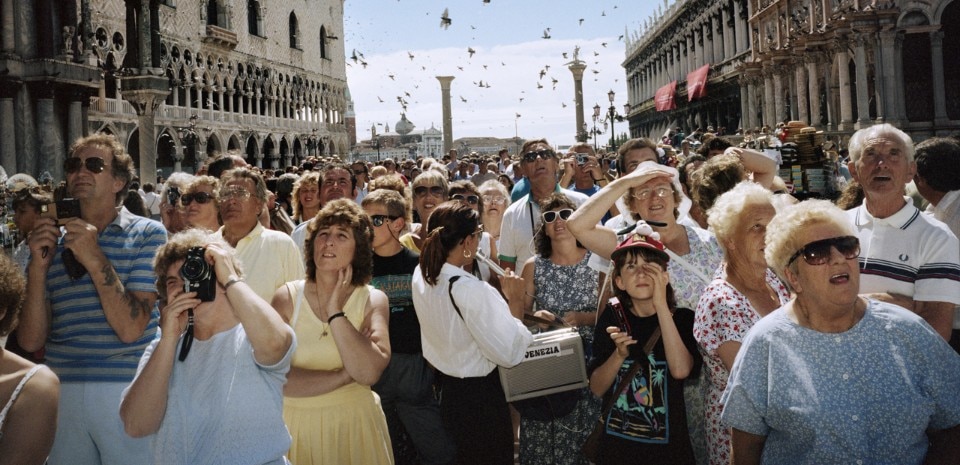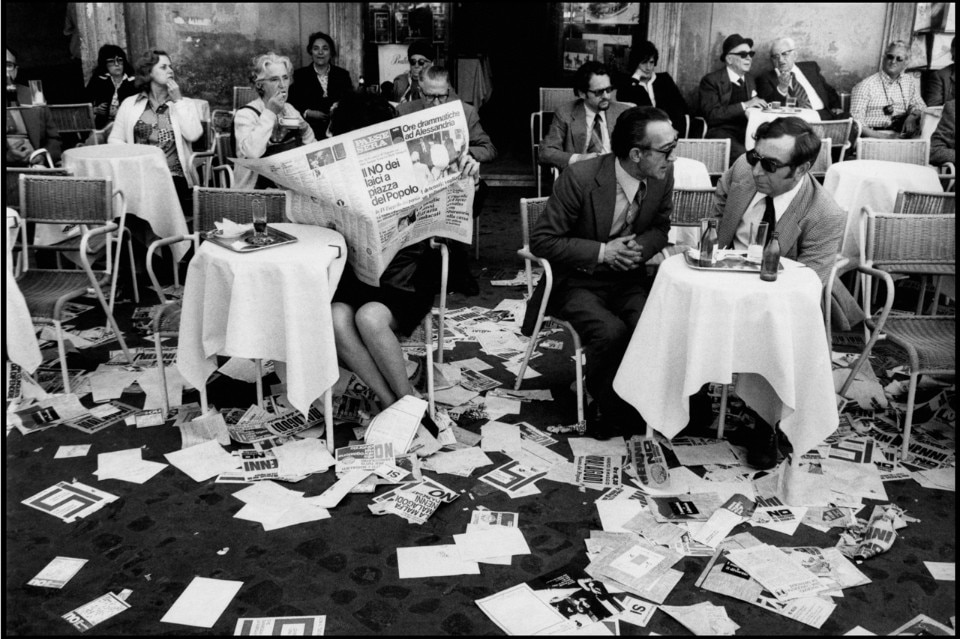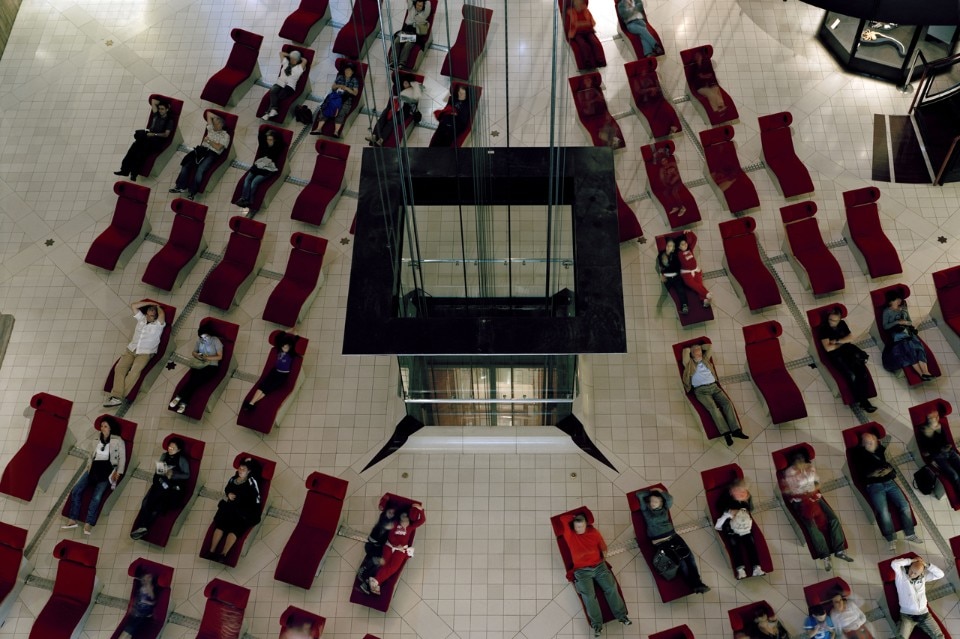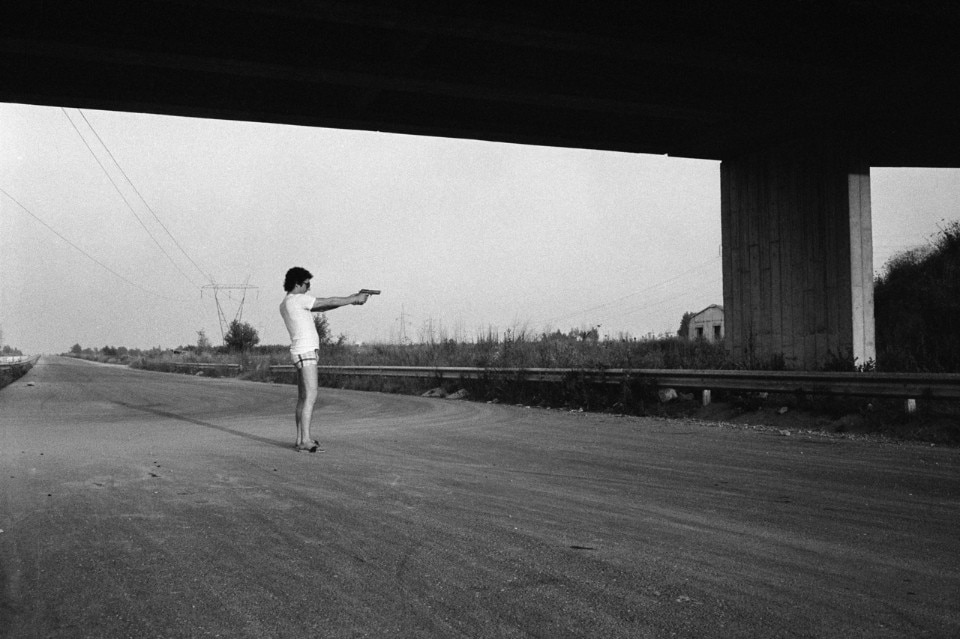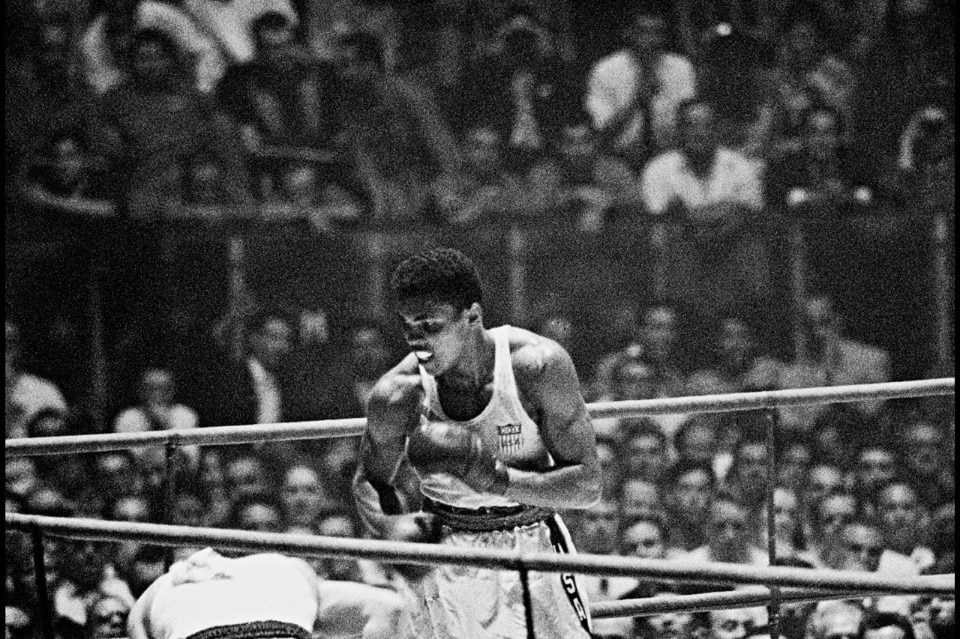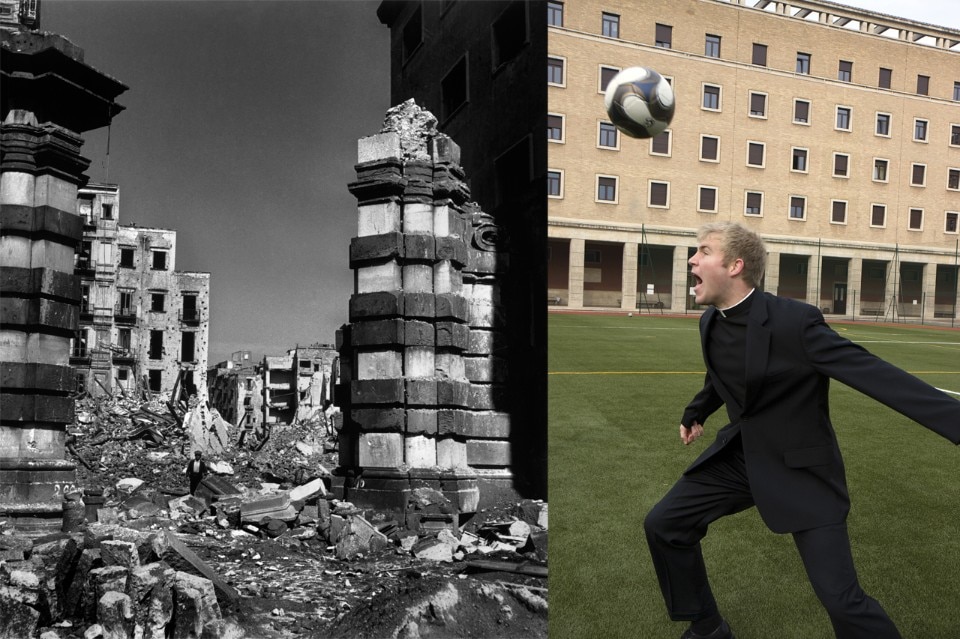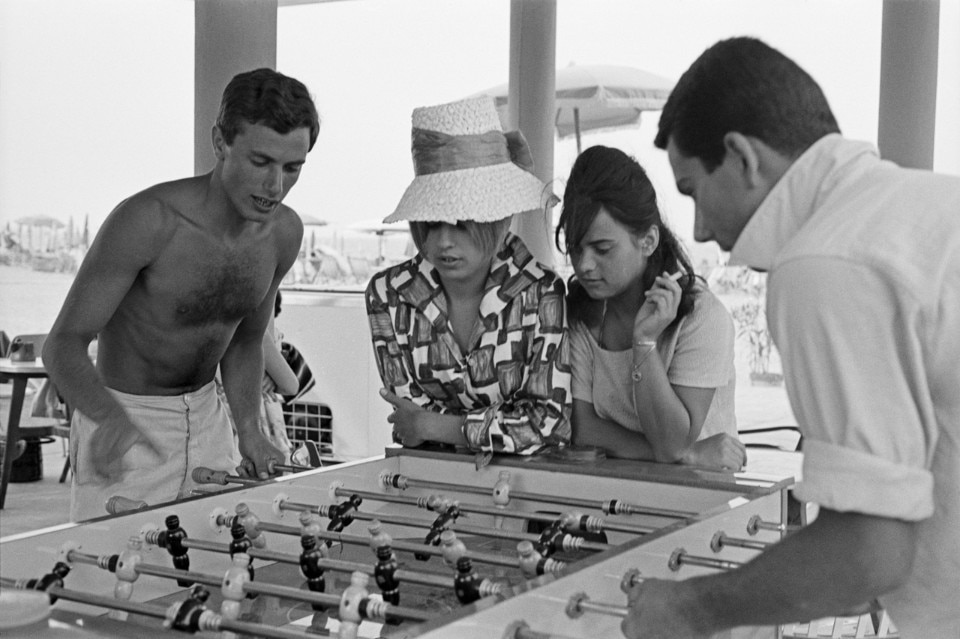
 View gallery
View gallery

Top: Martin Parr, Venice, Italy, 1989. Courtesy Magnum Photos. Above: Erich Lessing, Cesenatico, 1960. Courtesy Magnum Photos
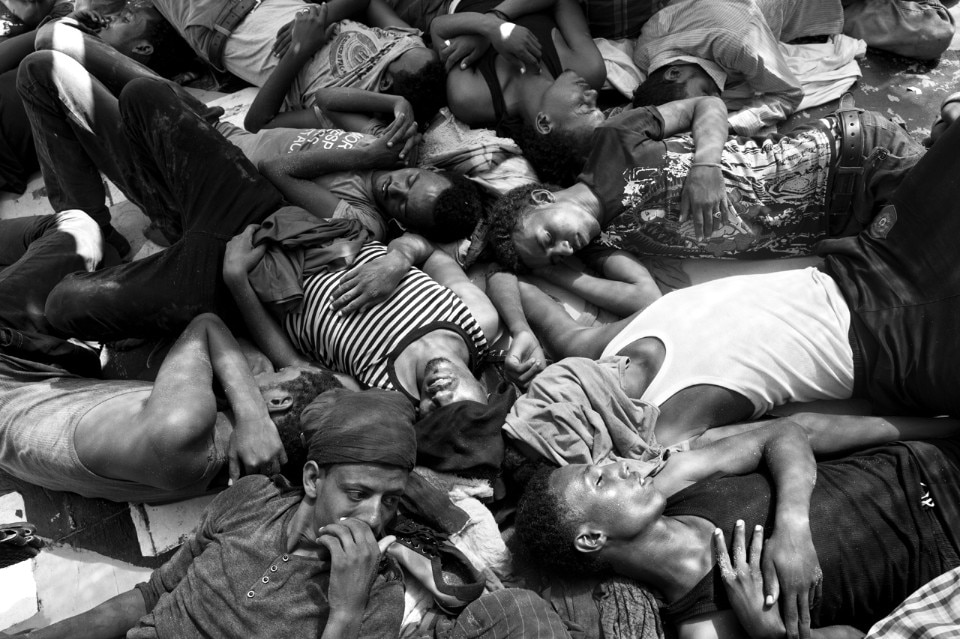
Paolo Pellegrin, Eritrean migrants, who were rescued at sea by a ship hired by MSF. Médecines sans Frontières are seen on deck as the ship transports them to Reggio Calabria, 27 July 2015. Courtesy Magnum Photos
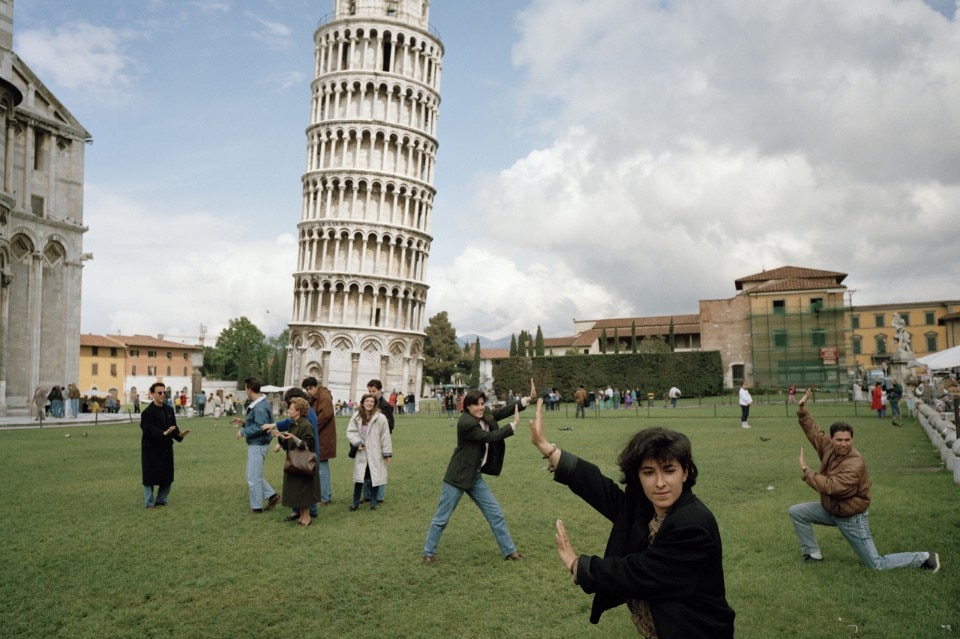
Martin Parr, Pisa. The Leaning Tower of Pisa. From “Small World”, 1990. Courtesy Magnum Photos
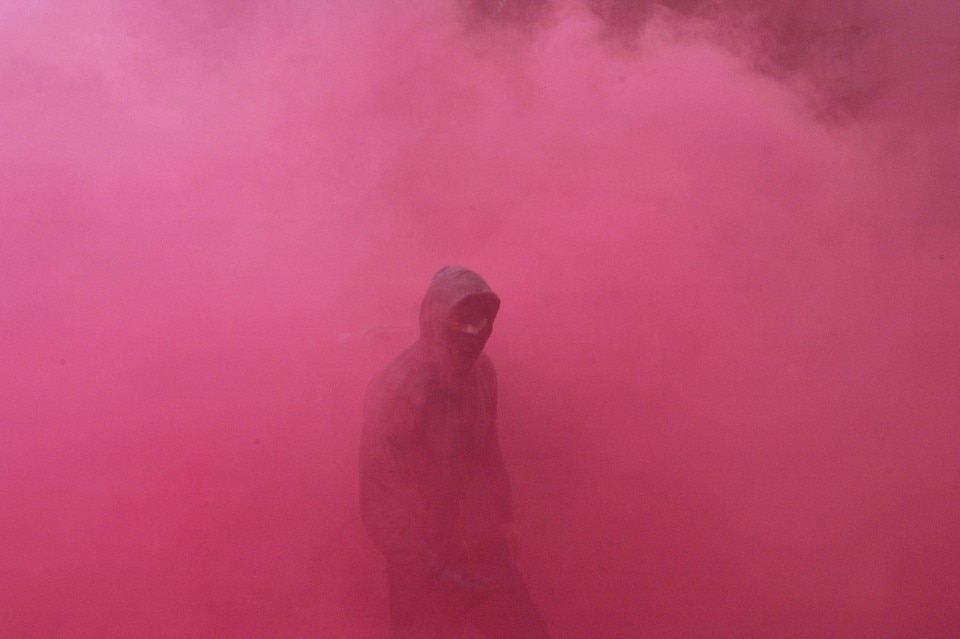
Thomas Dworzak, Protest against the visit of US President Bush, 5 June 2004. Courtesy Magnum Photos
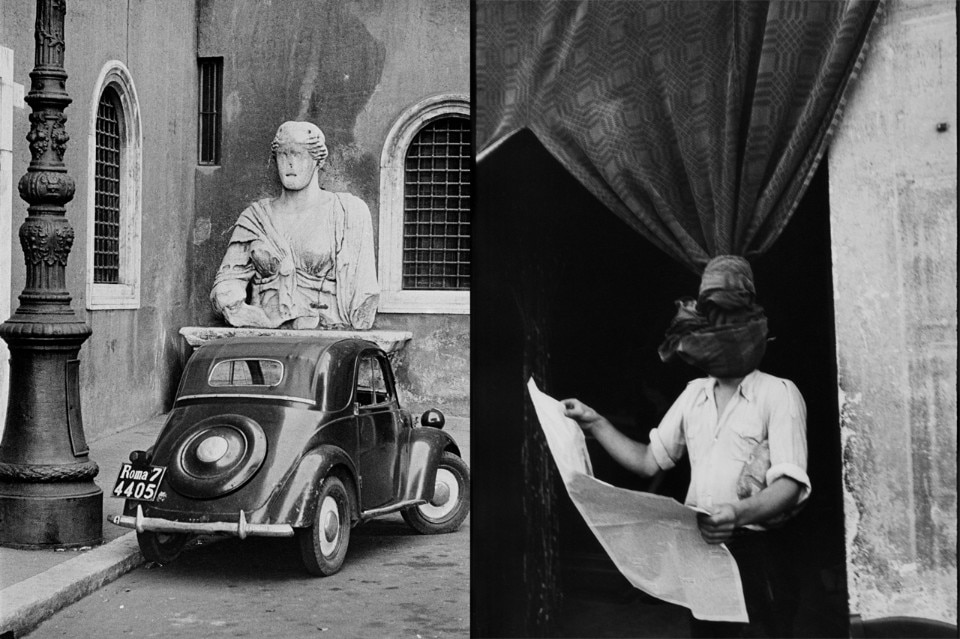
Left: Elliott Erwitt, Rome, 1955. Right: Henri Cartier-Bresson, Livorno, 1933. Courtesy Magnum Photos
Opening with a homage to Henri Cartier-Bresson and his journey through Italy in the 1930s, the exhibition presents two series: one by Robert Capa, focusing on the end of WWII, and one by David Seymour, who instead in 1947 photographed the tourists returning to visit the Sistine Chapel. The display continues with Elliott Erwitt, René Burri, Herbert List, Thomas Hoepker, with three images of the triumph of Cassius Clay (later Mohamed Ali) at the Olympics in Rome in 1960; Bruno Barbey, documenting the funeral of Togliatti, a key figure in Italian politics, and Erich Lessing, on the economic boom.
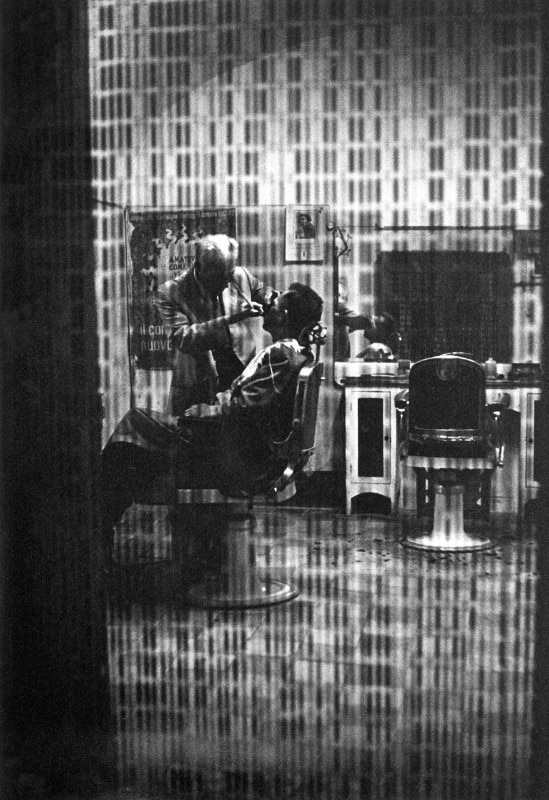
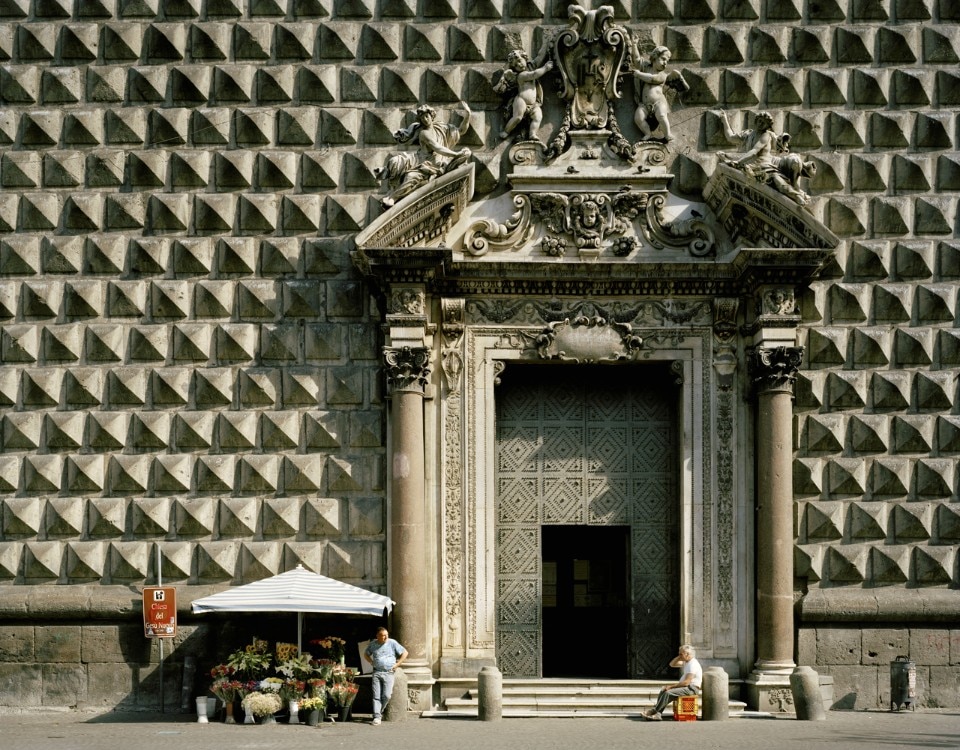
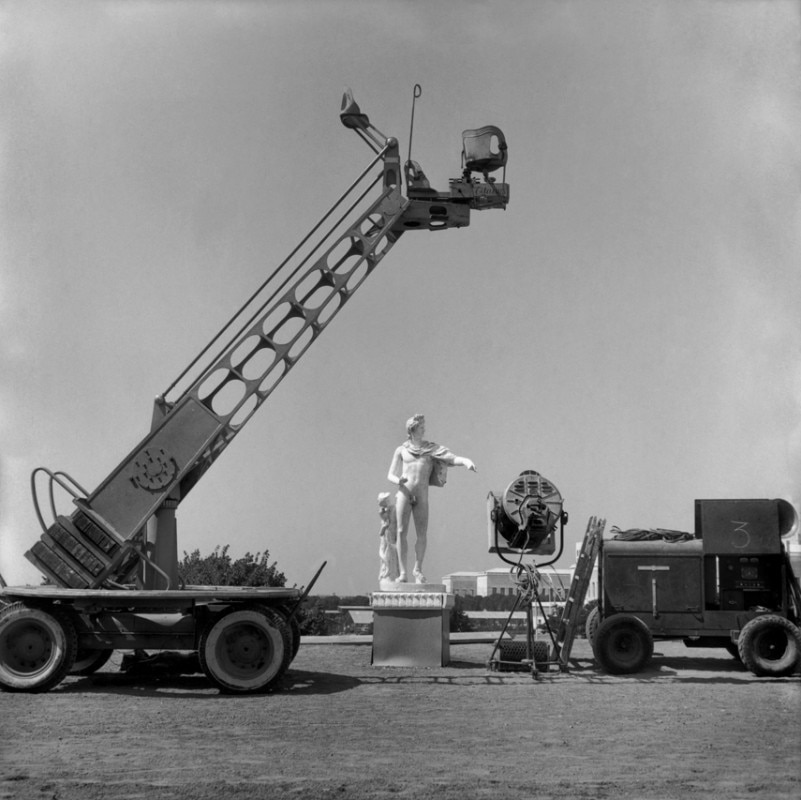
until 21 May 2017
L’Italia di Magnum. Da Henri Cartier-Bresson a Paolo Pellegrin
CAMERA – Centro Italiano per la Fotografia
curated by Walter Guadagnini with Arianna Visani
via delle Rosine 18, Turin


